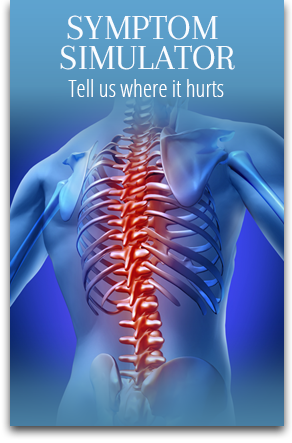All about Arthritis.
 Q: My job is physically demanding. I’ve heard many times that if I keep it up, I will develop arthritis in my back, and the bones of my spine will eventually fuse together. I understand that arthritis may be inevitable, but will it really fuse the spine?
Q: My job is physically demanding. I’ve heard many times that if I keep it up, I will develop arthritis in my back, and the bones of my spine will eventually fuse together. I understand that arthritis may be inevitable, but will it really fuse the spine?
A: Without knowing anything else about you, I’ll suggest that it is unlikely that your vertebrae will fuse together, even in the presence of “arthritis.” Arthritis is a general term applied to the inflammation of a joint. My confidence in this answer rests on the kind of arthritis one would likely develop from a physically demanding job.
I mentioned a process called “inflammation.” If you jam your knuckle, it will become stiff, puffy, red and warm. These are the simple characteristics of inflammation that are easily observed. The knuckle-like joints of the spine are called facets, not to be confused with the disc between the bones. Repetitive heavy work tends to cause jamming of these joints similar to what we described at the knuckle. When this happens over and over again, and this holds true for the knuckle as well, structural changes develop within the facet joints, and these changes are observed on X-ray as arthritis. This kind of arthritis is known as “osteoarthritis,” or wear-and-tear arthritis. It appears that anyone can develop this condition with enough repetitive trauma (e.g., heavy lifting, contact sports…). While osteoarthritis will certainly wear away at the structure of the joint, it is generally accepted that this condition will not lead to fusion of the spine. The two bones of the joint will essentially grind together, but never join as one.
Other arthritic conditions exist, such as rheumatoid arthritis and ankylosing spondylitis, neither of which are understood to be the result of the kind of repetitive trauma described above. Both of these have the capacity to fuse joints together. Inflammation is not always as simple as redness and puffy swelling. Sometimes a person’s immune system, which is designed to attack things that are foreign to the body, actually attacks organs or tissues that are normal to the body. This represents a different kind of inflammation that is characteristic of theses two arthritic conditions, and it is responsible for the eventual fusion of the joint. Unless this kind of process is going on in your body, your work activities, however, rigorous they may be, are not likely to lead to joint fusion.
Hugh Cradduck, DC







